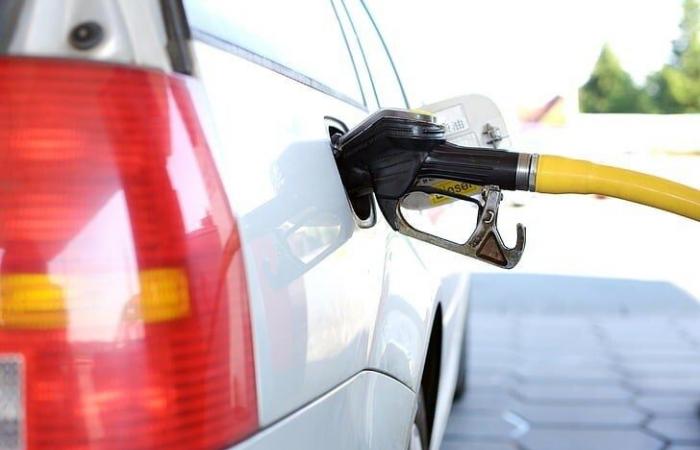Bad news, the price of fuel, and particularly diesel, is starting to rise again in mid-November. We tell you everything!
Filling up with fuel is never really fun. And this even if it is true that prices have fallen slightly in recent months. Very good news for motorists, who can look at life a little more calmly, while their purchasing power is constantly reduced over the years. But be careful, because this lull could unfortunately soon disappear…
Fuel prices rise
In fact, the price of diesel is slowly starting to rise again. Thus, according to the data communicated by the Ministry of Ecological Transitionthe average price per liter of this fuel, still very popular with motorists, increased by 0.6 euro cents over the past week. Between November 8 and 15, it stood at 1.6251 euros. of the liter marking a new level This is the third consecutive week of increase, confirming a trend started since mid-October This increase, although less marked than the previous week (+2 cents), places the price of. diesel at its highest level since the end of August.
At that time, prices experienced a similar peak, before declining slightly in September. Some motorists hope for an identical scenario in the weeks to come, with a stabilization or even a drop in prices at the pump. While diesel is climbing, gasoline-based fuels are showing much more moderate variations. The widely used SP95-E10 recorded a very slight decrease of 0.2 euro cents, stabilizing its average price at 1,7054 euro of the liter. This marks a period of virtual immobility for this fuel, the price of which has barely fluctuated for three weeks.
An uncertain context
A similar situation is observed for SP95, which sees its price decrease almost imperceptibly from 1.7509 to 1.7495 euros per liter. As for SP98, often considered as a premium fuel, the drop is even more minimal: its price increases from 1.8095 to 1.8093 euros per liter. These variations, although small, reflect a certain stability for gasoline fuels, a rare phenomenon in the current context of volatile energy prices. This relative calm in gasoline prices could be explained by a drop in the price of a barrel of Brent, the international benchmark for crude oil. Over the same period, the price of a barrel fell by 2.6 dollars, reaching 73 dollars.
Such a reduction could, ultimately, have a greater impact on prices at the pump, although the delay between variations in the price of crude oil and their impact on fuels is often several weeks. For motorists, these fluctuations remain worrying, particularly for those who depend on diesel, a fuel still widely used in professional vehicles. With winter approaching and possible tensions on the energy market, price developments will remain closely monitored.
Indeed, if the decline in the price of Brent offers a glimmer of hope, the impact of taxes, refining costs and distributor margins could moderate benefits for consumers.






